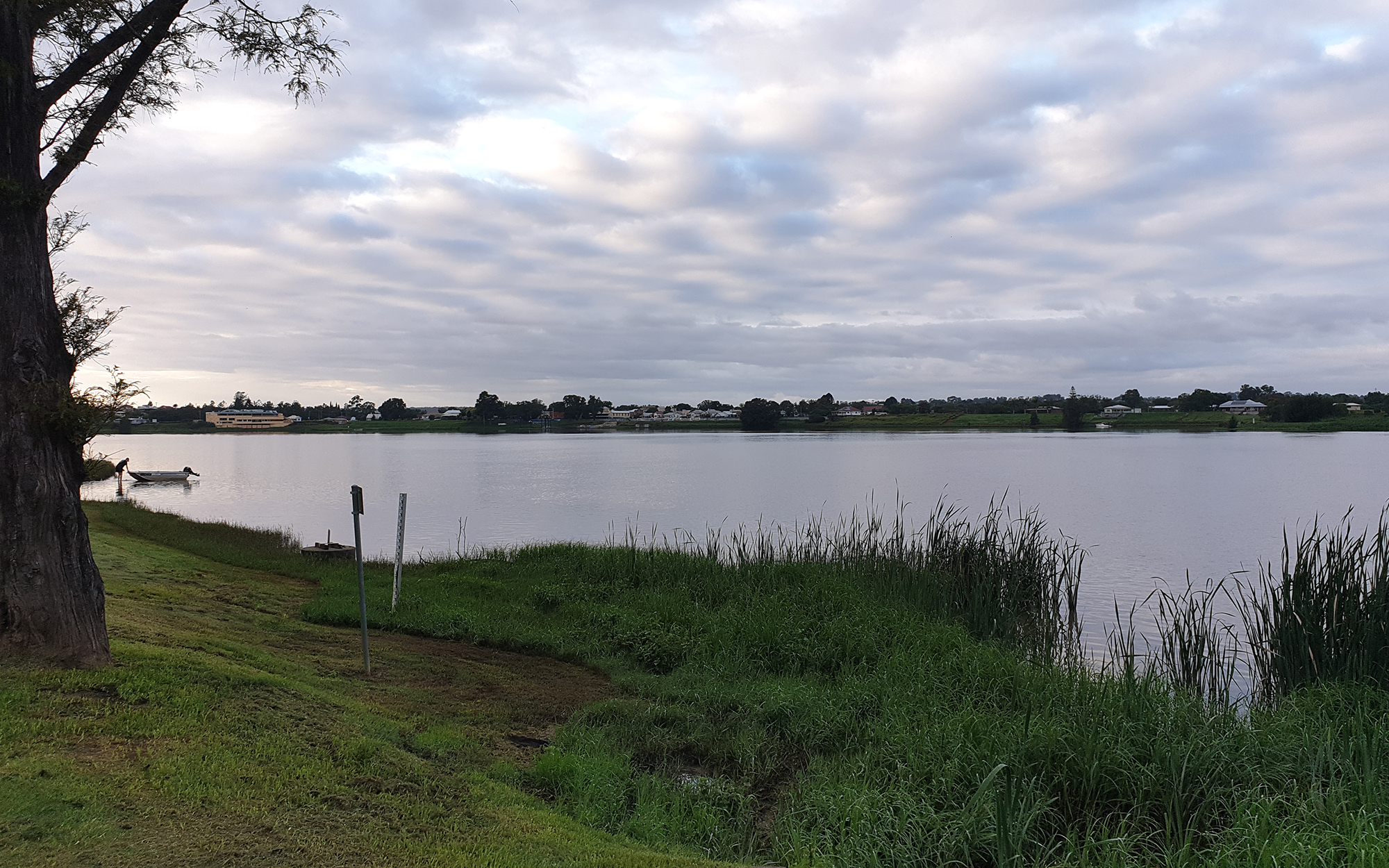Anyone who holds native title with respect to water, as determined under the Commonwealth Native Title Act 1993, can take and use water in the exercise of their native title rights without a water licence, water supply work approval (unless the work is a dam or bore), or water use approval.
This is called your native title right.
What can you use your native title right for?
If you have a native title right, and the native title determination applies to land and water, you can use the water you take for purposes specified in the native title determination without a water licence, water supply work approval (unless the work is a dam or bore), or a water user approval, such as:
- manufacturing traditional artefacts
- hunting, fishing and gathering
- recreational, cultural and ceremonial purposes.
Constructing a dam or bore
If you take water under your native title right using a dam or bore, you need a water supply work approval to authorise its construction. This is to ensure that the construction of the dam or bore does not negatively affect water sources and their dependent ecosystems, or other landholders’ access to water for landholder rights.
Find out how to apply for an approval to construct a dam or bore
